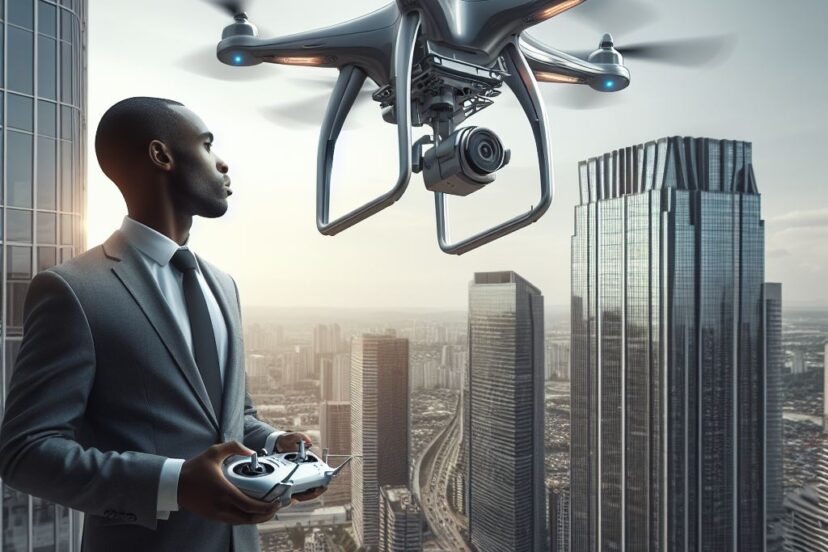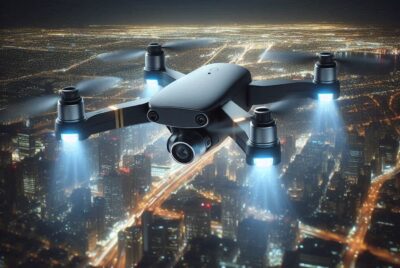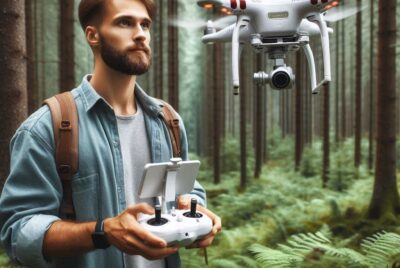Drone Photography Business: Capturing Success
*We may earn a commission for purchases made using our links. Please see our disclosure to learn more.
Drone Photography Business: Mastering Aerial Imagery for Success
I’m thrilled to delve deeper into the captivating realm of drone photography business, offering comprehensive guidance and insights into this dynamic industry. Let’s soar into the details, exploring step-by-step the fascinating world of aerial imagery and entrepreneurial endeavors.
Introduction to Drone Photography
Drone photography, an art form that merges technology and creativity, has reshaped how we capture the world from above. This innovative niche has witnessed remarkable growth due to its ability to provide unique, breathtaking perspectives previously inaccessible. The demand for aerial imagery across various sectors has fueled the rise of drone photography businesses, making it an exciting and promising field for enthusiasts and entrepreneurs alike.
Getting Started in Drone Photography
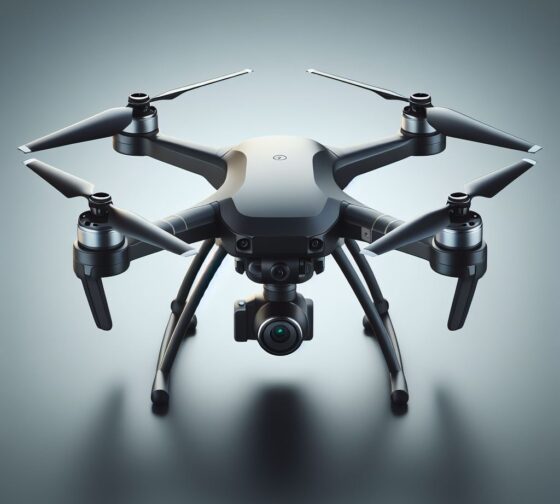
Launching a successful drone photography business requires more than just owning a drone. It begins with understanding the fundamentals, including legal obligations and regulations. Comprehending airspace regulations, obtaining necessary licenses, and adhering to local laws are crucial steps to ensure compliance and responsible operation.
Moreover, mastering drone piloting skills is fundamental. It involves not only learning to maneuver the drone but also understanding flight dynamics and safety precautions. Investing time and effort in training and practice is pivotal before offering services professionally.
Selecting the right equipment tailored to your specific niche is equally vital. Whether aiming for high-resolution imagery for real estate or videography for events, choosing the appropriate drone, cameras, lenses, and accessories can significantly impact the quality of your work.
Building Skills in Drone Photography
Once the basics are in place, honing your photography skills is essential to stand out in this competitive industry. Beyond mere piloting, mastering composition, framing, and understanding lighting conditions are integral aspects of creating compelling aerial shots. Learning post-processing techniques further enhances the quality of images, allowing for refining and enhancing captured footage.
Additionally, understanding the nuances of different shooting environments—be it capturing vast landscapes or navigating urban settings—adds depth and versatility to your portfolio.
Identifying Target Markets and Niches
Diversifying and specializing in specific niches enable focused marketing strategies. For instance, real estate photography demands a keen eye for property details, highlighting unique features and perspectives that traditional ground photography might miss. Event coverage, on the other hand, requires dynamic and cinematic shots that capture the essence of the occasion.
Nature and landscape photography present opportunities to capture breathtaking natural scenery, while construction and infrastructure inspection cater to commercial and industrial needs, emphasizing precision and detail in imaging for assessment purposes.
Marketing Your Drone Photography Business
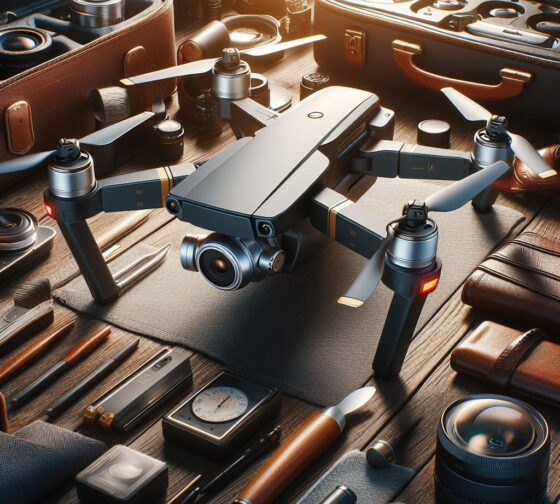
Crafting a compelling portfolio showcasing your skills and expertise is a cornerstone of effective marketing. Potential clients often assess the quality of work through portfolios, making it essential to showcase a diverse yet cohesive collection of your best aerial imagery.
Leveraging social media platforms, such as Instagram, Facebook, and specialized photography communities, can significantly expand your reach. Engaging content, regular updates, behind-the-scenes glimpses, and client testimonials can foster a strong online presence, attracting potential clients and collaborations.
Networking with local businesses, event organizers, real estate agencies, and relevant industry professionals can open doors for partnerships and referrals, amplifying your business’s visibility and credibility.
Maintaining and Expanding Your Business
Client relationships are the backbone of any successful business. Providing exceptional service, maintaining professionalism, and delivering results that exceed expectations are vital for client satisfaction and retention. Establishing long-term relationships fosters loyalty, leading to repeat business and referrals.
Scaling up operations as your business grows might involve hiring additional staff, investing in more advanced equipment, or expanding service offerings to cater to a broader clientele.
Furthermore, staying updated with technological advancements and investing in new tools or software can enhance your capabilities, keeping your business competitive and innovative.
Challenges and Solutions in Drone Photography Business
Operating a drone photography business comes with its own set of challenges. Adverse weather conditions, such as strong winds, rain, or extreme temperatures, can limit flight opportunities and affect the quality of footage. However, proper planning, scheduling, and having backup plans can mitigate these challenges.
Navigating through legal complexities and staying updated with changing regulations is crucial. Staying informed, seeking legal advice when necessary, and maintaining compliance with local laws are essential to avoid legal repercussions.
Technical issues with equipment or software glitches might arise unexpectedly. Having troubleshooting skills or reliable technical support can minimize disruptions in business operations.
Customer Satisfaction and Feedback
Feedback from clients is invaluable for business growth. Actively seeking feedback, whether positive or constructive, demonstrates a commitment to improving services. Implementing suggestions and addressing concerns not only enhances the client experience but also builds a positive reputation.
Encouraging clients to leave reviews or testimonials can strengthen credibility and attract new clientele.
Adapting to Industry Trends and Innovations
The drone photography industry is continuously evolving, with new technologies and techniques emerging regularly. Staying updated on industry trends, attending workshops, and learning from industry leaders help in adopting innovative approaches and staying ahead in this competitive field.
For instance, advancements in drone technology, such as obstacle avoidance systems, improved camera stabilization, and automated flight modes, can revolutionize the quality and ease of capturing aerial imagery.
Ensuring Safety and Responsibility
Prioritizing safety protocols is paramount in operating a drone photography business. Conducting thorough pre-flight checks, adhering to airspace regulations, and prioritizing safety measures not only prevent accidents but also safeguard the reputation of your business.
Adhering to ethical considerations, such as respecting privacy rights and obtaining necessary permissions for aerial shoots in private properties or restricted areas, demonstrates professionalism and integrity.
Cost Analysis and Pricing Strategies

Determining pricing for drone photography services involves considering various factors, including equipment costs, time spent on shoots, post-processing, and other overheads. Conducting a comprehensive cost analysis helps in setting competitive yet profitable prices.
Researching market rates, understanding client expectations, and offering different packages or services tailored to varying budgets and needs can attract a broader clientele.
Conclusion
In conclusion, the world of drone photography embodies a thrilling fusion of passion, innovation, and entrepreneurial spirit. Capturing breathtaking vistas from the skies isn’t just a business—it’s an art form coupled with technical expertise.
Success in this dynamic field necessitates a harmonious blend of mastering the skies, embracing technological advancements, nurturing client relationships, and staying attuned to industry shifts. Aspiring entrepreneurs stepping into the realm of drone photography embark on an exhilarating journey filled with opportunities to capture the world in all its splendor from a whole new perspective.
FAQs
- Do I need a license to operate a drone for commercial purposes?
- Yes, most countries require a commercial drone pilot license or certification to operate drones for business purposes.
- What are the essential safety precautions when flying drones?
- Ensure proper pre-flight checks, fly in open areas away from people and obstacles, maintain visual line-of-sight, and follow local regulations.
- How can I differentiate my drone photography business in a competitive market?
- Focus on a unique niche, offer exceptional customer service, showcase a diverse portfolio, and leverage social media for visibility.
- What are the common challenges faced by drone photographers?
- Challenges include regulatory compliance, weather conditions affecting flights, technical issues, and competition in the market.
- How can I stay updated with the latest trends and technology in drone photography?
- Stay connected with industry forums, attend workshops or webinars, follow leading drone photography influencers, and regularly research updates from drone manufacturers and software developers.

